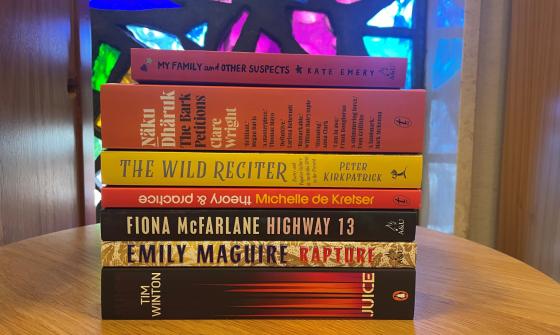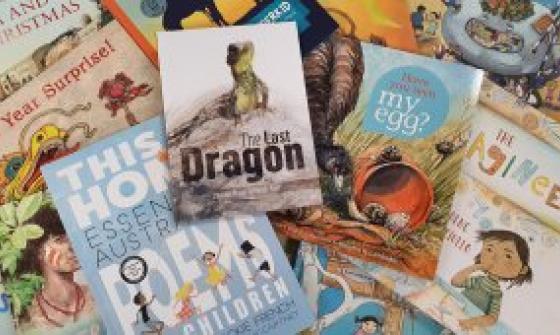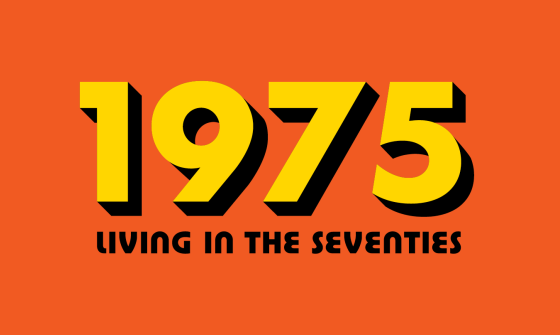Indie publishing: your book in our collection
Thanks to on-demand printing and electronic publishing, independently publishing a book is an opportunity available to anyone.
If you are considering independently publishing your book, this article will outline some next steps and show you how to get your published book into the National Library of Australia collection.

Publishing platforms
A number of platforms will help you to independently publish. A variety of packages are available including some that support you to print your book and others that will assist with editing, designing, and promoting your book. Whether you are considering publishing in print or electronically there are many options and opportunities to consider.
The Australian Society of Authors has information about what to look out for when considering a contract in their Self-Publishing FAQ.
International Standard Book Numbers or ISBNs
While you don 't need an ISBN to publish or sell a book, it has its advantages.
An ISBN gives your book a unique identifier and helps your book be easily found by libraries and bookshops. In Australia, ISBNs are available for purchase from Thorpe-Bowker.
Once you purchase an ISBN through Thorpe-Bowker, you should register your book's details (PDF, 937KB) and they will be loaded into books in print, a service used by bookshops and libraries to find books to purchase and stock.
You will need an ISBN for each format you publish, print or electronic.
A spine and cover design
If you want your book to have a life in libraries and bookshops, an informative spine is a good thing. In physical libraries and shops, books only have their cover on display for a short time. Your spine should contain key information and be attractive to a browser. If you are considering placing your books in libraries, leave some space free of text at the bottom of the spine for a cataloguing sticker.
People judge a book by its cover and a good cover attracts attention. The Australian Book Designers Association lists experts in this area if you want professional help.
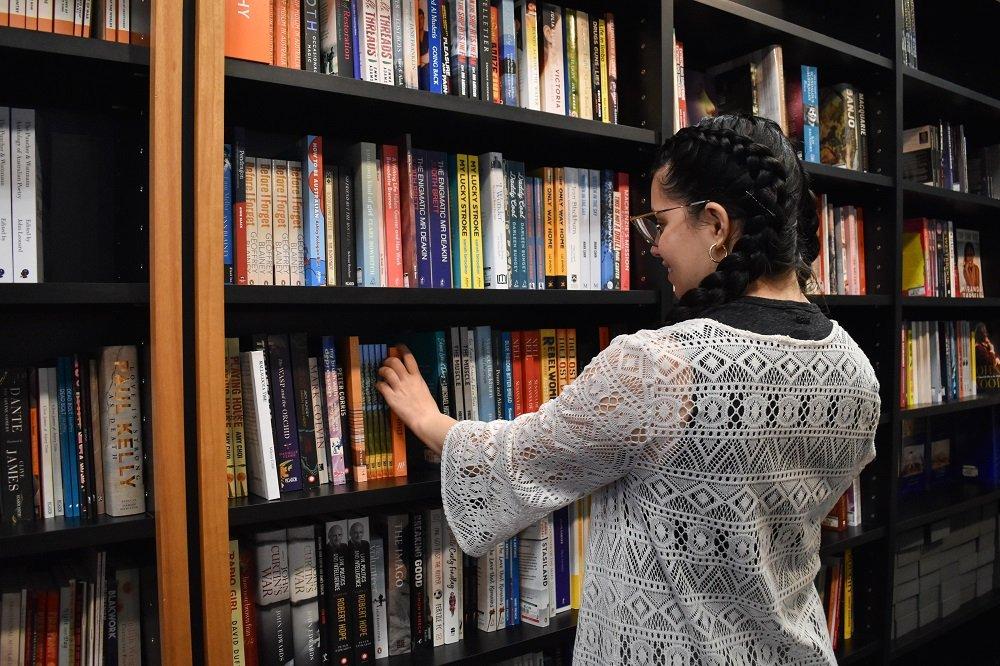
Blurb
A blurb is the next tool in your kit to hold a reader’s attention after the cover design. You need to inspire them to add it to their cart or carry it to a counter, in the space of one or two short paragraphs.
Start with a hook, introduce the main character(s), the setting, the genre and the main challenge, or reason for the story. Don’t summarise everything, but rather entice your reader. A blurb is usually around 150 words long, so make each word count.
Information included in your blurb becomes part of its metadata and can influence how your book appears in Library catalogue search results as well. Including keywords relevant to your genre and topic will help interested audiences find it.
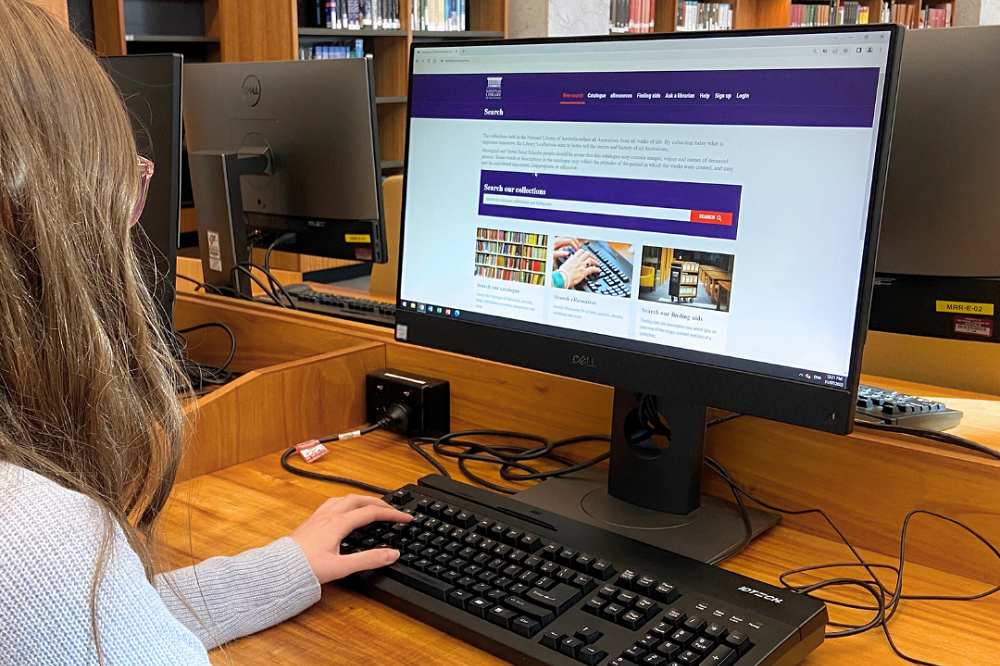
Prepublication Data Service (PDS)
The Pre-publication Data Service (PDS) is provided by the National Library of Australia to Australian publishers and self-publishing authors who want the details of their upcoming publications made available to Australian libraries, library suppliers and other members of the book industry for acquisition purposes.
You can apply to make details of your publication available through the PDS before your book is published. Have you ever noticed a little National Library of Australia logo on the title page of books published in Australia? This is called the cataloguing statement, and you need to have applied through the PDS to use it.
The PDS creates a mini record of your publication on the Australian National Bibliographic Database (ANBD), which feeds into Trove and Libraries Australia. This makes information about your book available before it has been published, helping you gain a wider audience for your publication and creating opportunities for lending libraries to consider your book for their collection.
Lending Libraries
According to National and State Libraries Australasia, as of 2022 there were 1,706 public library services in Australia, holding 42 million collection items which were used 146 million times in a year. If you want to get your book in front of readers, this is a pretty good option. You can help your book stand out by:
- having an ISBN and having registered with the PDS prior to publication so your book is already on library databases
- getting your book listed with a library supplier, making it easier for libraries to purchase your book, and
- making a sales sheet that includes all the information about your book, how much it costs, and how a library can order a copy - search for 'book sell sheet' for examples.
Australian Lending Right Schemes (Public Lending Right / Educational Lending Right)
The Lending Right Schemes are Australian Government programs that compensate Australian creators and publishers in recognition of income lost through free multiple use of their books in public and educational lending libraries.
There are a number eligibility requirements for the Australian Lending Right Schemes, including having an ISBN and a record on the ANBD. Registering your book through the PDS is one way to get an ANBD record.
Visit the Office of the Arts website to find out if you are eligible to submit a claim.

Legal deposit
The day has come, and your words are finally ready for readers to enjoy! Now it’s time to write yourself into history.
Legal deposit is a law that ensures our published heritage is preserved for future generations. If you make a book available to the public in Australia, for free or for sale, you need to deposit a copy with the National Library of Australia, and with your state or territory library through legal deposit. You don’t need to have an ISBN and your work can be independently published.
Legal deposit collections form a diverse and inclusive picture of the nation, capturing what we are thinking, imagining and writing about over time.
If you deposit electronically, information about your book will be available in Trove and the National Library’s catalogue within a day of deposit. For print deposits, a record will be available within 3 months of your publication being received.
If you want your book to be available and discoverable in 100 years’ time, this is the best way to achieve that goal.
Write yourself into history. Deposit your book today.

